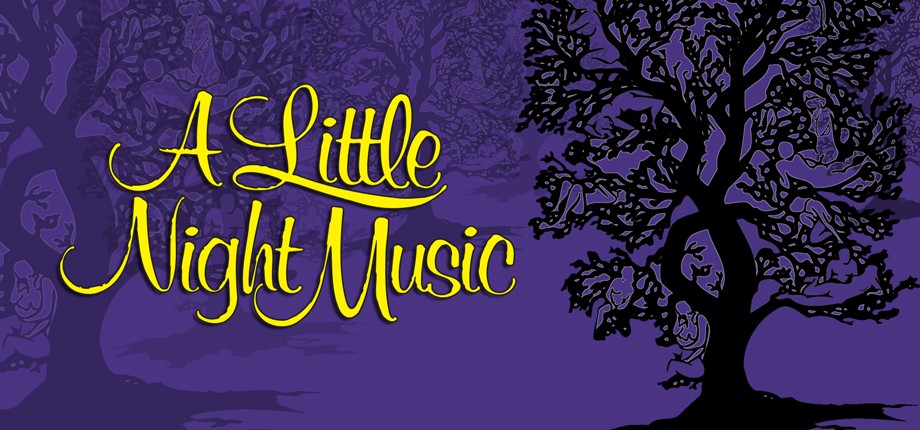The first sequence in A Little Night Music is unusual in that we don’t meet any extraordinary characters. The show has them “a famous actress, her mother, and her lover, a Count “but we don’t meet them until later. The setting is Scandinavia at the turn of the century, which seems fairly exotic. But the authors deal with a thorny problem, how to keep audience interest in three plain people with plain desires.
Before the overture, five singers come out and do some vocal exercises. This is pretty arresting: have we all arrived too early? Their la-la-la-ing turns into a nostalgic waltz, and we get the idea that A Little Night Music is going to be something of an operetta, dealing with exotic people falling in love, all with beautiful voices.
This turns out to be false. The leading lady doesn’t melt us with mellifluous tones. Love isn’t anywhere in evidence: the characters are motivated by sexual desires; the couplings are carnal rather than romantic. And the show is not an operetta. But, by setting up a certain expectation and denying it, the authors play with us in an amusing way: Did we really want to see an old-fashioned operetta when we could enjoy the cynicism of a witty and modern sex farce?
Frederic, the male lead, is the rare protagonist who lacks a strong desire. When we meet him, he expresses an interest in having sex with his virgin bride, but his desire is muted: “there are two possibilities: A: I could ravish her, B: I could nap.” Someone so lackadaisical won’t automatically command our attention, but Frederic presents his thoughts in amusing lawyerly fashion, on fast triplets. We’re interested in his thought process.
Meanwhile, as he sings, on the other side of the bed is his young wife, and she’s prattling on about meaningless things. The prattle is depicted by various instruments in the orchestra, representing what non-stop talking sounds like if one’s ears willingly tune it out. When she finally sings, it’s a romantic waltz promising that she’ll soon get over her aversion to sex: “Even now, when you’re close and we touch, and you’re kissing my brow, I don’t mind it too much.”
The third character in the household is Frederic’s moody son, a seminarian who plays the cello with melodramatic gloom. He expresses himself, punctuating his song with embittered plucks of cello strings, most drolly.
And then composer Sondheim delivers the piece de resistance. The three songs, so dissimilar to each other in so many ways, are repeated simultaneously. It’s a masterful use of counterpoint because the lyric lines the audience most needs to hear come out to the forefront, and, at other times, we draw connections between the characters when they sing together in chords.
So, A Little Night Music introduces relatively dull people in such an intriguing way, our attention doesn’t flag from the first note of vocal warm-up to the last note of the family’s trio.
Commentary and writing tips by Noel Katz
[amazon_link asins=’B002X0GDHY,B00003CWT3,B003A6C6XU,1557830703′ template=’ProductGrid’ store=’MusicalWriters.com’ marketplace=’US’ link_id=’7ae58b0a-799d-11e8-809a-dfacb79ea481′]





